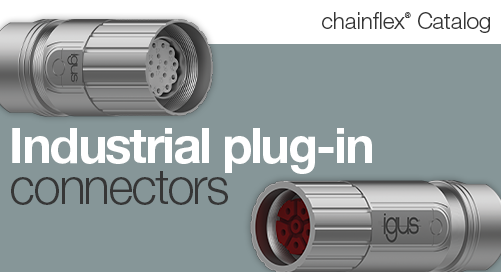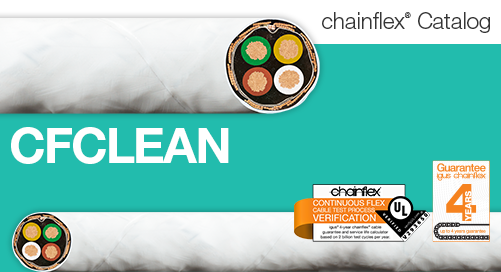Crane maintenance: ensuring safety & efficiency
Note: The below content consists of recommendations and tips for crane maintenance. It is in no way a comprehensive maintenance checklist. Always refer to manufacturer standards and OSHA guidelines for a more complete checklist of requirements and best practices.
Maintaining your crane is essential for ensuring safety, prolonging equipment service life, and maximizing operational efficiency. Proper maintenance is multifaceted, and encompasses daily checks, preventative care, troubleshooting, and more. This guide covers the essential facets of crane maintenance to help you keep your equipment in top condition.
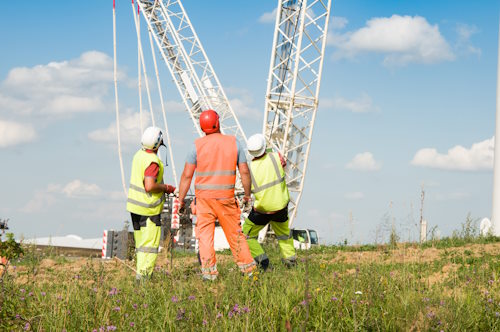
Daily checks
Visual inspection
Every day before use, perform a thorough visual inspection of the crane. Look for any visual damage, wear, or abnormalities in the crane and its components. This step helps in identifying potential issues early, before they escalate into more serious problems.
Read more: Crane inspections: tips and tricks
Operational test
Ensure all controls and safety devices are still functioning properly. Test the crane’s operations, including lifting, lowering, and moving loads. This helps in verifying that the crane is safe to operate and can handle any required tasks.
Preventive crane maintenance
Scheduled servicing
Regularly service the crane according to manufacturer and OSHA guidelines. Scheduled servicing helps in preventing breakdowns, extending the crane’s service life. Follow maintenance schedules diligently to keep the crane in optimal condition.
Lubrication and cleaning
Proper lubrication and cleaning are essential for the smooth operation of a crane. Keep all moving parts adequately lubricated to reduce friction and wear. Clean the crane regularly to remove dirt, debris, and contaminants that can cause damage.
Crane maintenance tips
Implement maintenance-free components
One easy way to make maintenance simpler is to replace components or systems that require frequent maintenance — such as festoons — with maintenance-free alternatives, such as dry-running cable carriers. While they still need to be inspected along with the rest of the crane, the lack of regular maintenance will free up time for operators and reduce costs by as much as 60% over the life of the crane.
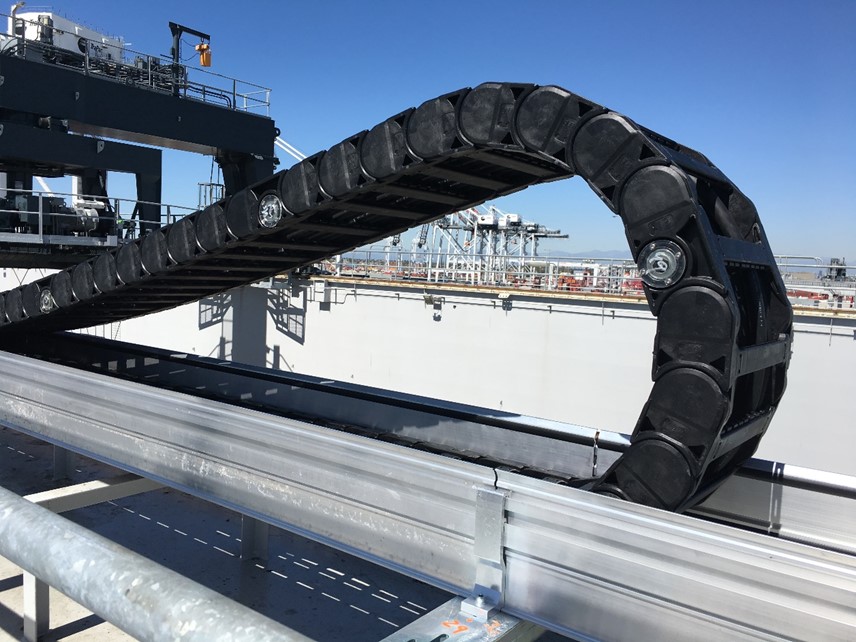
Learn more: e-chain® cable carriers vs. festoons
Utilize condition monitoring sensors
While frequent inspections on a regular basis can help diagnose equipment problems before a complete failure, a sure-fire way to catch these problems early is with the implementation of condition monitoring sensors.
These sensors constantly monitor select performance parameters of componentry and alert equipment operators once those parameters fall out of an acceptable range. This makes scheduling maintenance much simpler and ensures component failure can be avoided entirely.
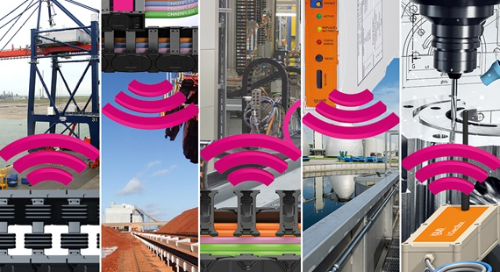
Troubleshooting common issues
Mechanical problems
Identify and address mechanical problems promptly. Look out for any unusual noises, jerky movements, or hydraulic leaks. These signs often indicate underlying mechanical issues that need immediate attention to prevent further damage.
Electrical problems
Check for issues within the crane’s electrical system. Inspect the wiring and controls for faults or malfunctions. Addressing electrical problems early can prevent operational failures and ensure the crane operates safely.
Common crane maintenance mistakes
Neglecting routine inspections
Skipping daily, weekly, or monthly inspections can lead to overlooked issues that worsen over time. Routine inspections are critical for early detection and resolution of potential problems.
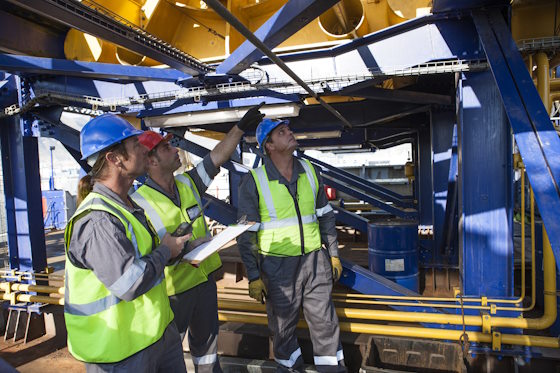
Improper lubrication
Using the incorrect type of lubricant, or failing to lubricate components regularly, can cause excessive wear and tear. Ensure that you use the right lubricants and follow the recommended lubrication schedule.
White Paper: The true cost of bearing lubrication
Ignoring manufacturer guidelines
Failing to follow the manufacturer’s recommended maintenance schedule can lead to suboptimal crane performance as well as safety hazards. Always adhere to guidelines provided by the crane manufacturer.
Inadequate training
Allowing untrained personnel to perform maintenance can result in mistakes and further damage to the crane. Ensure that all maintenance staff are properly trained and certified.
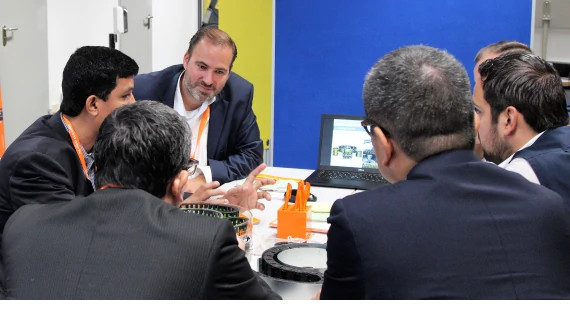
Discover: Onsite training services from igus
Poor record-keeping
Not maintaining detailed records of maintenance activities and inspections can make it difficult to track the crane’s condition and identify recurring issues. Keep accurate and comprehensive records to monitor the crane’s maintenance history.
Conclusion
Regular maintenance and adherence to best practices are essential for ensuring the safety, longevity, and efficiency of cranes. By implementing these maintenance strategies, you can prevent accidents, reduce downtime, and keep your crane in optimal working condition. Prioritize crane maintenance to protect your investment and enhance operational productivity.


